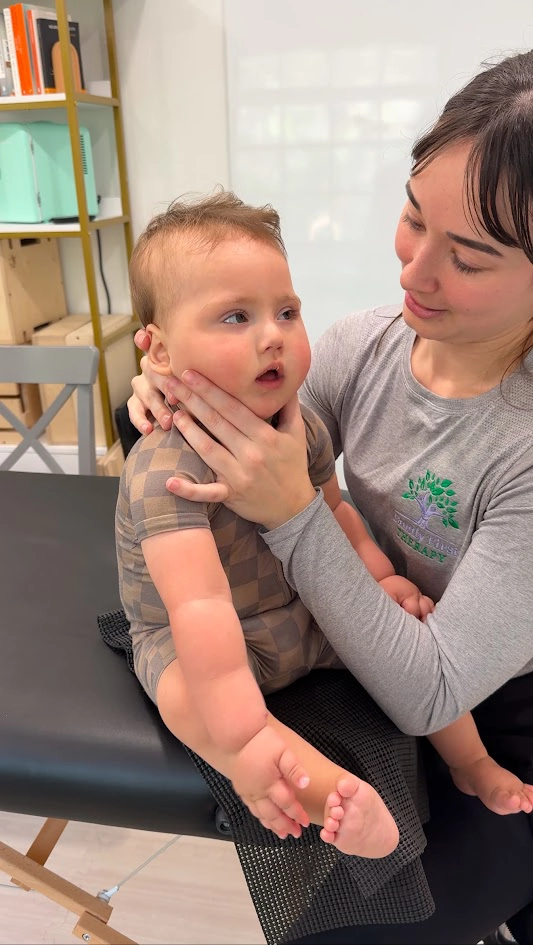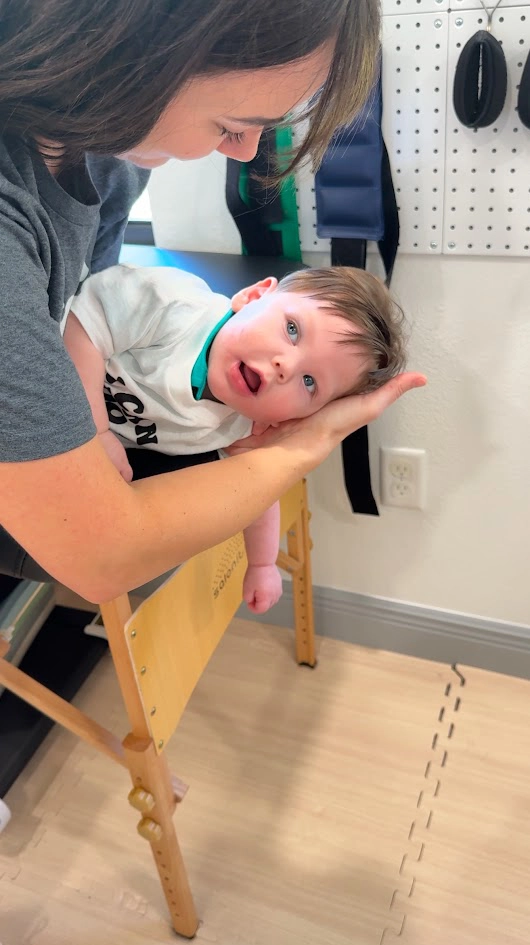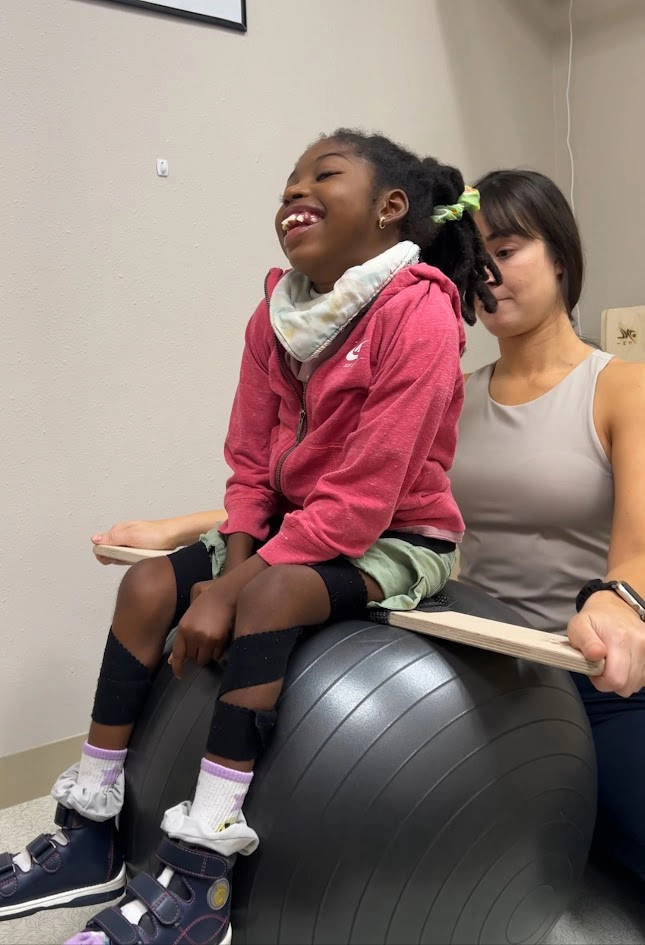Intensive Therapy For Children
Unlock your child's potential with specialized intensives, designed to fast-track progress and bolster functional independence. Our approach is ideal for children with motor delays.
Who Benefits from Intensives?
- Children diagnosed with ANY type of gross motor delay including conditions such as Down Syndrome, Cerebral palsy, global developmental delay, hypotonia, chromosomal abnormalities/genetic disorders, spinal cord lesions, or acquired brain injury may benefit from this form of therapy.
- Children at risk such as those who are born prematurely can also benefit from this therapy due to the strong neuroplastic changes that this treatment stimulates within the developing brain.
- Children with orthopedic conditions such as torticollis, toe walkers, genu valgum (knocked knees), in-toeing, and others
Explore Our Programs
- DMI Intensives Focused on dynamic movement intervention, tailored to stimulate neurodevelopmental progress.
- Upper Extremity Intensives Specialized to enhance upper body strength and coordination through targeted exercises.

Success Stories
“ We have had the privilege of working with Alex since Alannah was one year old. Just before Alannah turned 3 we discovered DMI. One year later, just before her 4th birthday, Alannah completed her first DMI intensive with Alex. We had a pretty big goal of Alannah being able to take 10 unaided steps by the end of our two week intensive. (She had very limited independent standing and still needed support to take steps.) Alannah blew us away by accomplishing this on day one and continued to crush her goals over the two weeks working with Alex.
DMI has completely changed our little girl’s life. We are so blessed to be able to now see Alex for weekly DMI sessions and for intensive therapy. Alex loves what she does and it shows. Having a therapist who wants to continually learn and push themselves in order to better help their clients, and makes therapy fun for them is invaluable. Thank you to Alex and the Family First team for all you do.”
- Michele Pass
Ready to Transform Your Child's Future?
Schedule a consultation with us today, and take the first step toward unlocking your child's full potential.



